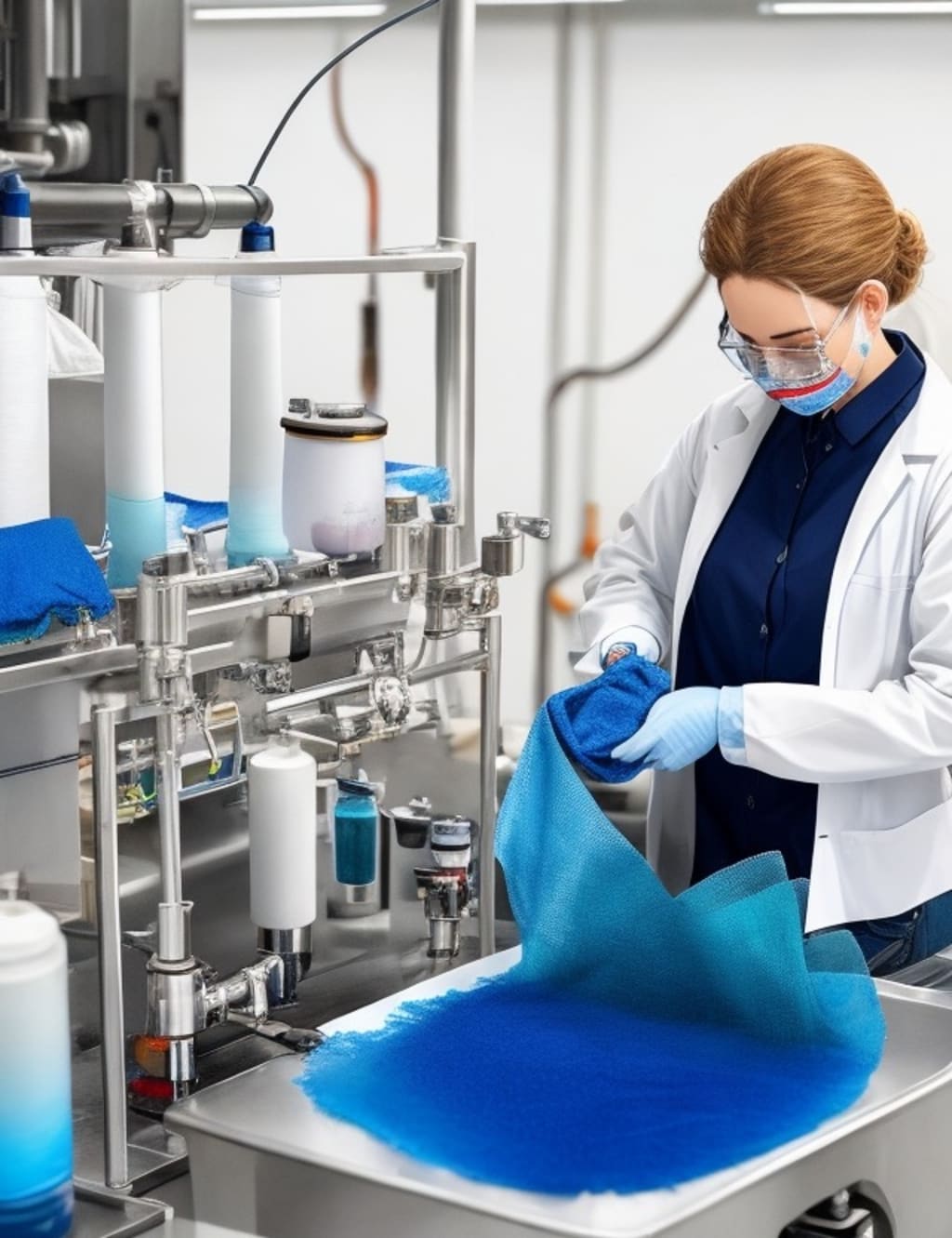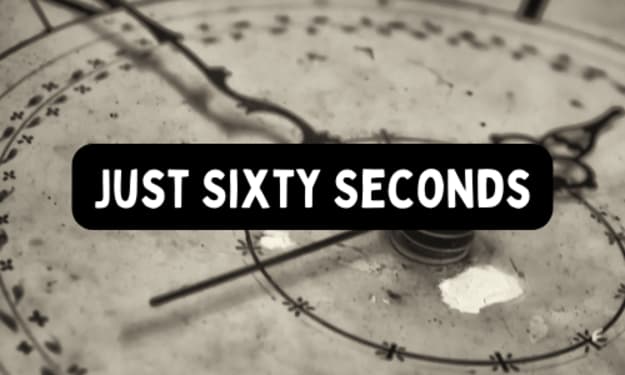
Opening our closet and not finding a pair of blue jeans is unfathomable for many of us. Whether it's skinny, boot cut, or dad jeans, they all share the iconic indigo dye that gives them their signature blue color. Unfortunately, the dye used today is environmentally unfriendly, and the massive production scale of jeans magnifies its impact. However, there is hope for cleaner jeans in the future as some individuals are reimagining the indigo dyeing process.
Jeans serve as an excellent case study due to their iconic status and ubiquity in everyone's wardrobe. Each year, billions of pairs of jeans are made, requiring over 70,000 tons of indigo dye to achieve the classic faded look. There are two types of indigo dye: natural and synthetic. Natural indigo, derived from Indigofera plants, has been used for thousands of years. However, synthetic indigo, invented in 1897, is predominantly used today due to its chemical equivalence to the plant-based dye.
Unfortunately, the production process of synthetic indigo dye involves a harmful combination of fossil fuels and toxic substances such as formaldehyde, hydrogen cyanide, aniline, and sodium amide. This poses risks to textile factory workers, particularly in poorly regulated or underprotected environments. Exposure to these chemicals has been linked to respiratory issues, skin problems, and even cancer among textile workers. Additionally, the dyeing process generates wastewater contaminated with dyes and additives, which often ends up improperly disposed of, polluting ecosystems, water sources, and potentially food.
Efforts are underway to improve the entire process, including reducing water usage and implementing safer finishing techniques. Huue, a company taking a unique approach, produces indigo dye from sugar instead of fossil fuels. They genetically modify microbes to produce indigo molecules identical to those found in traditional dye. Huue aims to deliver this solution on an industrial scale, targeting the vast amounts of indigo and other dyes used in the fashion industry. However, they are still in the research and development phase.
Huue is not alone in this endeavor. DyStar, a leading producer of synthetic indigo, has made their dye safer for workers and easier to clean. Other initiatives focus on creating indigo free from specific contaminants. The ultimate goal is to revolutionize the fashion industry by addressing the annual production of 70,000 to 80,000 metric tons of indigo, along with significant quantities of other dyes used in various sectors.
Indigo dye is just one aspect of the extensive supply chain behind the production of billions of jeans each year. The fashion industry operates largely behind the scenes, hidden from consumers' view. Increasing awareness about clothing materials, similar to how we pay attention to food ingredients, could benefit society as a whole. While companies and regulators have their roles, voluntary efforts and new legislation seek to eliminate hazardous chemicals and enhance transparency within the fashion supply chain.
In the meantime, rushing out to buy the cleanest, most sustainable pair of jeans isn't necessary. Denim remains a beloved product, and adopting a slower fashion mindset can help reduce consumption. Wearing and maintaining the jeans we already own, washing them less frequently, and donating them when no longer needed are simple steps we can take. Just remember to wash them before donating. And always ensure your gloves fit tightly—no smurf hands! By making conscious choices and supporting innovative solutions, we can work towards a future where clean jeans are the norm.
While progress is being made, the journey towards sustainable denim is ongoing. Collaboration between scientists, fashion brands, and consumers is crucial. Together, we can create a more environmentally friendly and socially responsible denim industry. Wishing you a happy reading now !





Comments
There are no comments for this story
Be the first to respond and start the conversation.